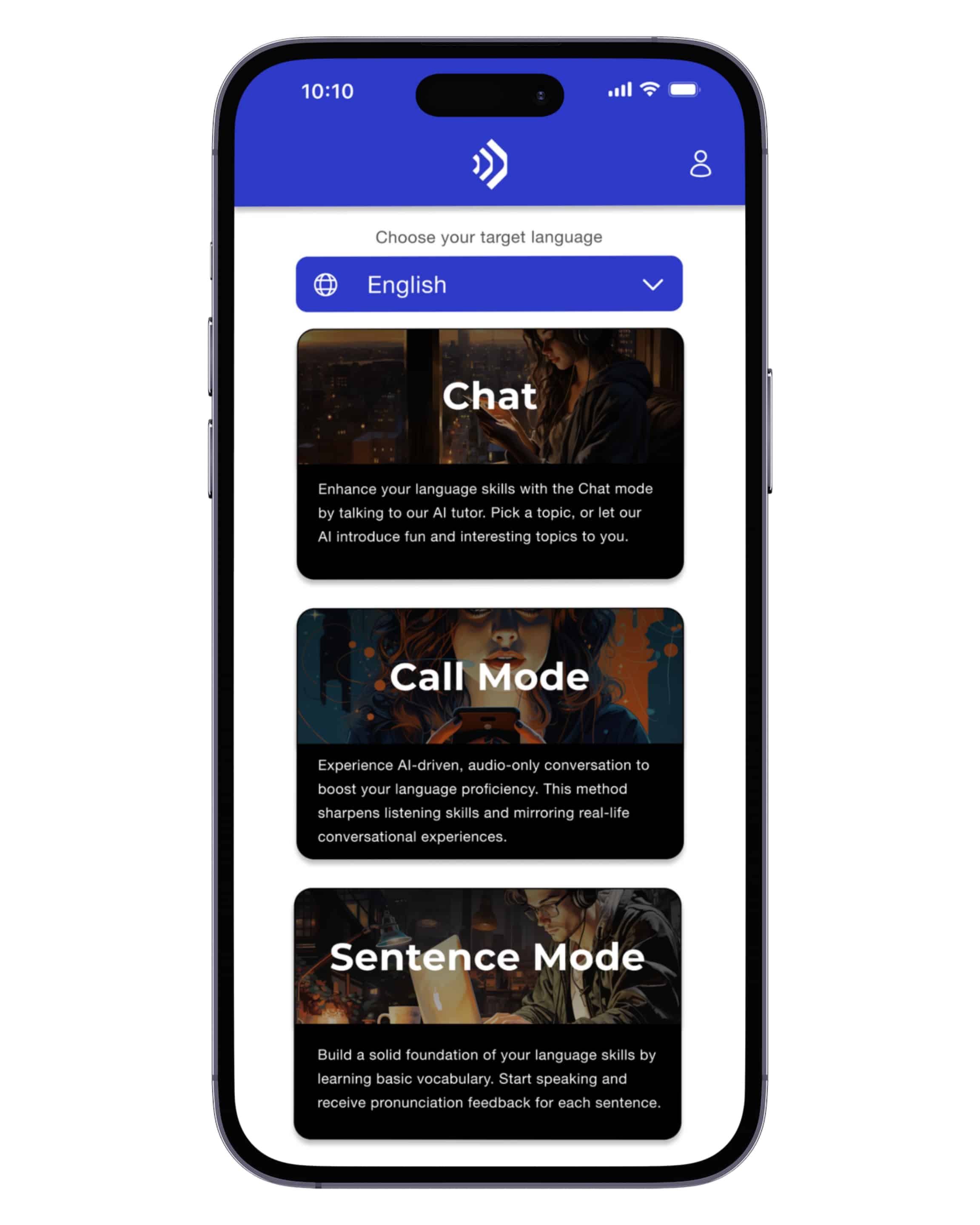Pick a language and start learning!
Object Pronouns Grammar Exercises for Tagalog Language

Object pronouns are essential components of the Tagalog language, playing a crucial role in constructing clear and concise sentences. In Tagalog, object pronouns replace the direct or indirect objects in a sentence, allowing speakers to avoid repetition and make their communication more fluid. These pronouns include "ako" (me), "ka" (you), "siya" (him/her), "tayo" (us inclusive), "kami" (us exclusive), "kayo" (you plural), and "sila" (them). Mastering the use of these pronouns is vital for anyone aiming to achieve fluency in Tagalog, as they are commonly used in everyday conversations and written texts.
Our grammar exercises are designed to help you understand and practice the correct usage of Tagalog object pronouns. Through a variety of interactive activities, you will learn how to identify and replace objects in sentences with the appropriate pronouns, enhancing both your comprehension and expression skills. These exercises will guide you through different contexts and sentence structures, ensuring that you can confidently use object pronouns in real-life scenarios. Whether you're a beginner or looking to refine your Tagalog grammar, these exercises will provide you with the practice you need to improve your language proficiency.
Exercise 1
<p>1. Nasa mesa ang pagkain, kainin *mo* na (you).</p>
<p>2. Binili niya ang regalo para sa *akin* (me).</p>
<p>3. Tawagin mo *sila* mamaya para mag-usap (them).</p>
<p>4. Ibigay mo *ito* sa kanya mamaya (this).</p>
<p>5. Nakita ko *siya* sa tindahan kahapon (him/her).</p>
<p>6. Hihintayin *kita* sa labas ng bahay (you).</p>
<p>7. Bigyan mo *kami* ng tubig (us - including the speaker).</p>
<p>8. Nakalimutan *ko* ang susi sa kotse (I).</p>
<p>9. Sasamahan *ka* namin sa palengke (you).</p>
<p>10. Sinulat *niya* ang liham para sa amin (he/she).</p>
Exercise 2
<p>1. Si Maria ay nagbigay ng regalo kay *niya* (object pronoun for 'her').</p>
<p>2. Kausapin mo *ako* tungkol sa problema mo (object pronoun for 'me').</p>
<p>3. Sila ay nag-aalala para kay *kaniya* (object pronoun for 'him/her').</p>
<p>4. Ang mga bata ay pinagalitan ng kanilang guro dahil sa *kanila* (object pronoun for 'them').</p>
<p>5. Binigay mo ba ang libro kay *niya*? (object pronoun for 'her').</p>
<p>6. Nagluto siya ng paboritong pagkain para sa *amin* (object pronoun for 'us').</p>
<p>7. Ang nanay ko ay nag-alaga kay *akin* noong ako'y bata pa (object pronoun for 'me').</p>
<p>8. Kailangan natin ang tulong mula kay *kanila* (object pronoun for 'them').</p>
<p>9. Dinalhan ko ng pagkain si Juan at si Ana dahil mahal ko *sila* (object pronoun for 'them').</p>
<p>10. Nag-aaral siya ng Tagalog para kay *kanya* (object pronoun for 'him/her').</p>
Exercise 3
<p>1. Ipinadala ni Maria ang regalo sa *kanya* (object pronoun for "him/her").</p>
<p>2. Nakita ko *siya* sa palengke kanina (object pronoun for "him/her").</p>
<p>3. Binilhan ko ng pagkain ang *mga bata* (object pronoun for "them").</p>
<p>4. Bigyan mo *ako* ng tubig, please (object pronoun for "me").</p>
<p>5. Itinuro niya *kami* sa kanyang mga kaibigan (object pronoun for "us").</p>
<p>6. Narinig ko *siya* sa radyo kahapon (object pronoun for "him/her").</p>
<p>7. Pinagalitan ng guro *sila* dahil sa ingay (object pronoun for "them").</p>
<p>8. Ibinigay ko *ito* kay Pedro (object pronoun for "it").</p>
<p>9. Nabasa ko *iyon* sa aklat (object pronoun for "that").</p>
<p>10. Tinanong nila *ako* tungkol sa proyekto (object pronoun for "me").</p>






